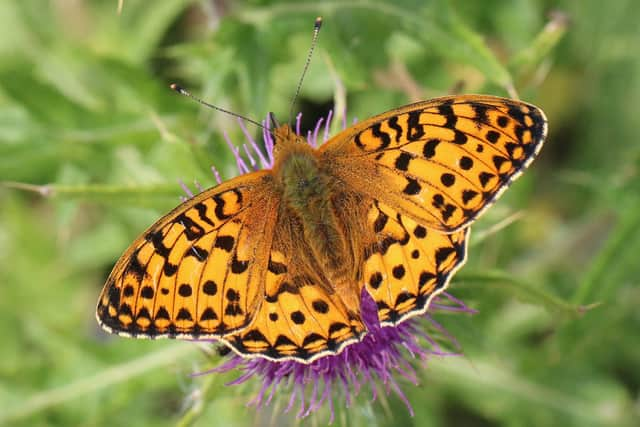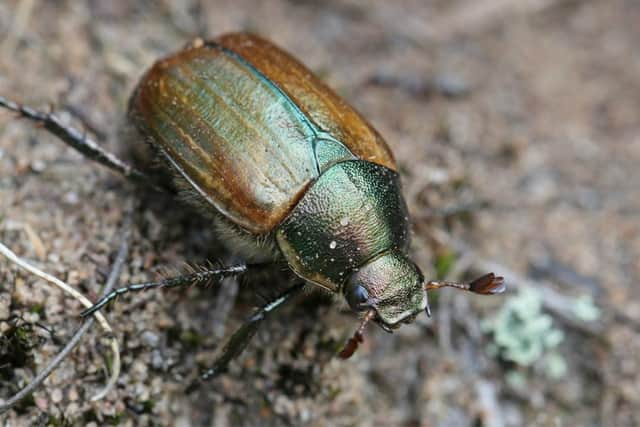Call for Ayrshire dunes to get special protection to end threat to wildlife from development of homes, golf course and nuclear plant
In a letter to Scotland's nature agency, leading environmental groups and ecological experts have highlighted the importance of the Garnock estuary, on the Ardeer peninsula in Ayrshire, which is home to nesting birds and myriad insects, including threatened species found nowhere else in the country.
They are calling for the place to be given immediate protection through designation as a site of special scientific interest (SSSI).
Advertisement
Hide AdAdvertisement
Hide AdThey say this would counteract a special development order dating back to 1953 that means planning permission is not required for building works and activities that would require consent in most other parts of Scotland.
With signatories from organisations including conservation charities Buglife, RSPB Scotland, Scottish Wildlife Trust, Butterfly Conservation, Plantlife and Bumblebee Conservation Trust, the letter was sent with a report listing the nature value of the area.
The study found that Garnock estuary is home to more than 1,000 bug species, including 99 of conservation concern.
The area is also one of the best breeding bird sites on the Lower Clyde coast, boasting dozens of rare flowering plants and a “unique mosaic of high-quality wildlife habitats which are listed on the Scottish Biodiversity List”.


The ecology of the peninsula is already suffering as a result of ongoing sand extraction, which is impacting unique dune habitats.
With a number of large and potentially damaging developments proposed, including housing, golf courses and even a nuclear fusion plant, the groups say time is running out to save one of Scotland’s most fascinating wildlife sites.
Craig Macadam, conservation director at Buglife, said: “Biodiversity is in crisis, with populations of insects and other wildlife in steep decline.


"Rare habitats and specialist species are becoming more and more fragmented and at risk of extinction.
Advertisement
Hide AdAdvertisement
Hide Ad"It is essential that we act now to protect our best remaining wildlife sites before it is too late.”
Anne McCall, director of RSPB Scotland, said: “Protected areas have been a cornerstone of biodiversity conservation for decades and remain incredibly important as part of our response to the nature and climate emergency.”
Comments
Want to join the conversation? Please or to comment on this article.
